Two Holy Lands
When someone says he has visited the “Holy Land,” we normally assume he is talking about Israel. There one can walk where Jesus walked and see scenes that were familiar to Him.
Yet there is much debate about exactly where many Biblical events took place. Some Christians believe Christ was buried at the site of the Church of the Holy Sepulcher. Others insist that the Garden Tomb is a more likely candidate. The location of Calvary is similarly a matter of dispute. No one knows where in the Jordan River Jesus may have been baptized or where He fed the five thousand. The Transfiguration may have occurred on Mt. Tabor. Or was it Mt. Carmel? Though dozens of churches and shrines commemorate events in the Savior’s life, there is little historical evidence to substantiate the location of any of them.
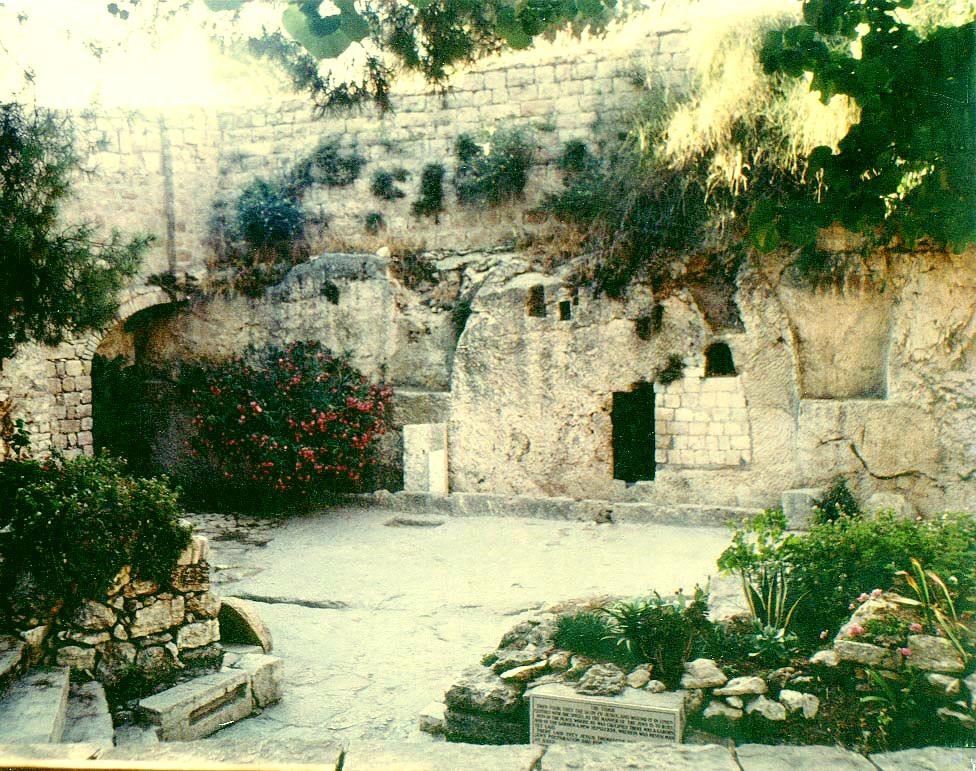
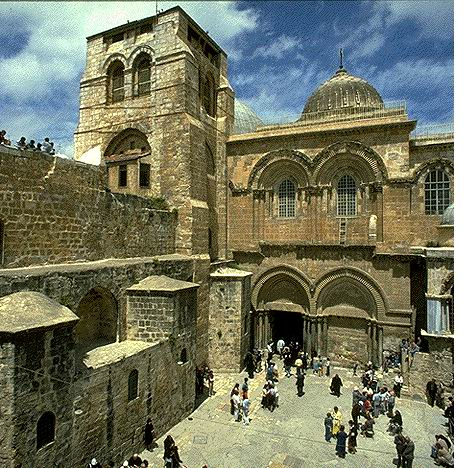
On the other hand, there is a “Holy Land” in the northeastern United States where we can pinpoint the location of events as spectacular as those recorded in the Bible. One can visit a grove near Palmyra, New York, where Jesus has been seen more recently than He is recorded to have been in Israel. Nearby, visitors can climb the very hill where an angel directed a modern prophet to unearth metal plates engraved with ancient American scripture. They can visit the area near a river in Pennsylvania where the resurrected John the Baptist restored divine priesthood authority to two young men together. And one can visit a temple in Ohio where eyewitnesses testify of having experienced divine manifestations as spectacular as those of the Day of Pentecost.
My wife and I have enjoyed visiting both the ancient and the modern “Holy Land” on several occasions. We have felt inspired and uplifted by both. But if a friend could visit only one and asked advice as to which to pick, I would point him to the sacred lands of America. The American sites are more certainly identifiable and are much closer and less costly to explore.
During the first two weeks of November 2018 we were able to return to many of these sites in New York, Pennsylvania, and Ohio, which are sacred to members of The Church of Jesus Christ of Latter-day Saints. May I share a few photos and impressions about each?
Palmyra, New York, where it all began
To many Latter-day Saints, the most exciting of all Church history sites may be a grove of trees to the west of Joseph Smith Senior’s log home in Manchester Township, New York. It was here that his fourteen-year-old son, Joseph Smith Junior, went to pray “on a beautiful, clear day, early in the spring of eighteen hundred and twenty.” Two Latter-day Saint scholars argue on the basis of records of maple sugar production and weather reports that the most likely date for the event was Palm Sunday, March 26, 1820.
The exact date is unimportant. But what transpired that morning has changed religious history. Young Joseph went into the grove with the encouragement of James 1:5: “If any of you lack wisdom, let him ask of God, who giveth to all men liberally.” He wanted to know what his standing was before his Maker and which church he should join. In response to his earnest prayer, the heavens were opened and God the Father and His Son, Jesus Christ, appeared before him—much as they had done to Stephen in New Testament times. (Acts 7:55-56.)
The Father called Joseph by name and invited him to listen to the Son. The first message was that Joseph’s sins were forgiven him. Then, to the young boy’s surprise, Jesus told him to join none of the existing churches—that none of them was recognized as His true church upon the earth. He further told Joseph that the fulness of the gospel would at some future time be made known unto him.
The site where this occurred is known to members of the Church as the “Sacred Grove.” The Church has preserved it and maintains a trail within it where visitors can feel peace and contemplate the wonderful event which occurred there nearly two hundred years ago and which served as a prelude to the restoration of the true Church of Jesus Christ upon the earth.
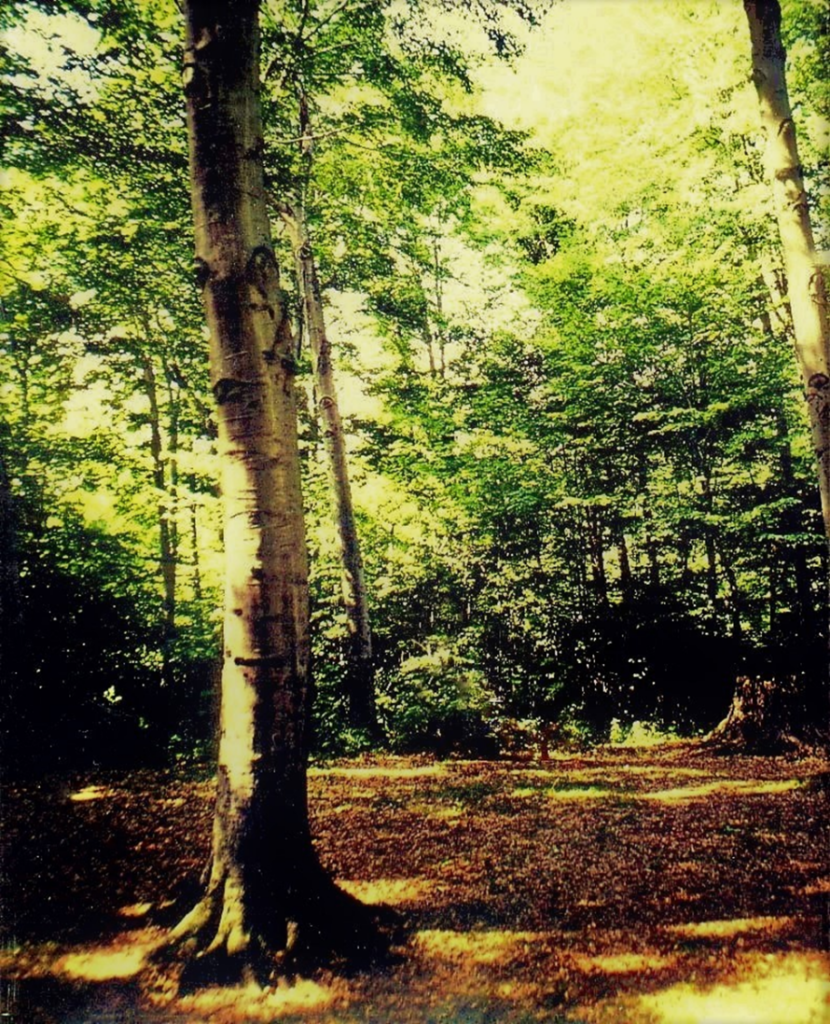
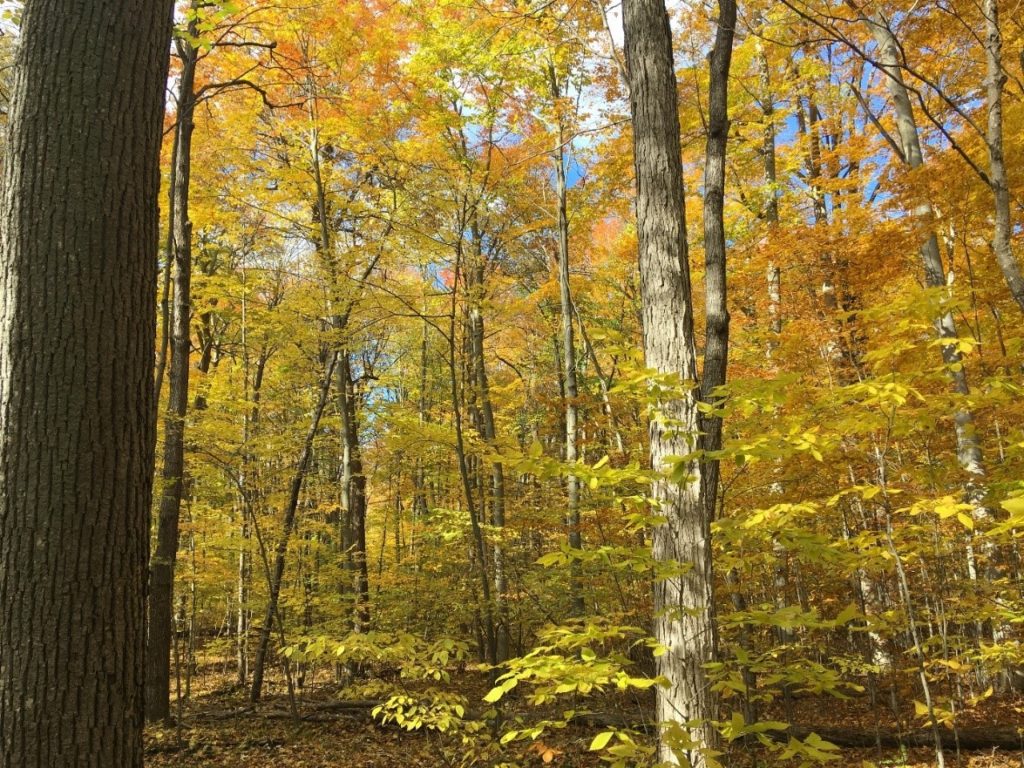
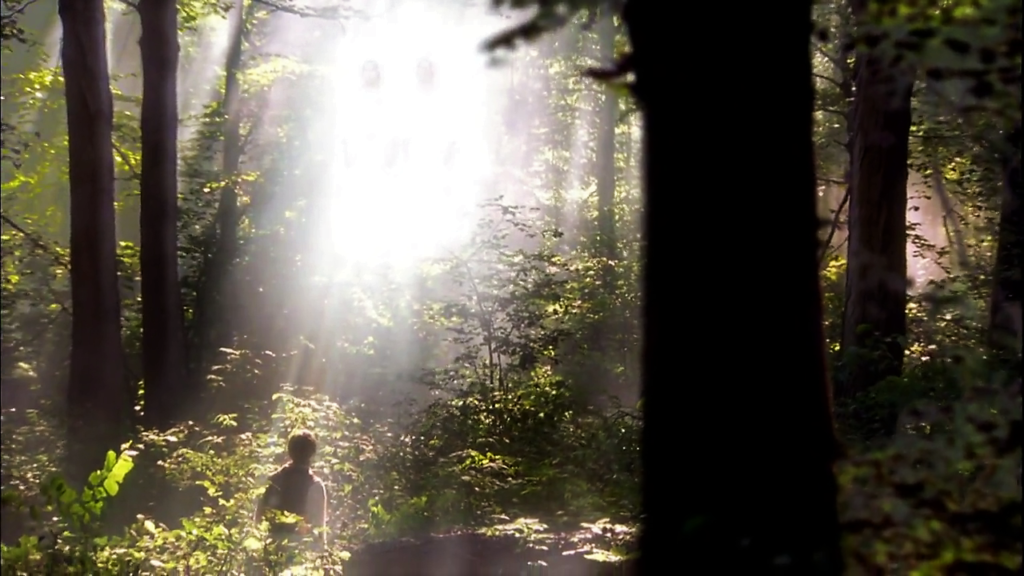
Visits from an angel and ancient scripture written on golden plates
In his first vision in 1820, Joseph Smith learned that Christ’s true church was not upon the earth. He further learned that at some future time the fulness of the gospel would be made known unto him. But it is not clear that Joseph had any idea at that time that he personally would become the prophet through whom that gospel fulness would be restored. All that changed on September 21, 1823.
Three and a half years had passed since Joseph’s vision of the Father and the Son. During those years he lived somewhat as a typical teenager. He was hard-working and honest. But he confessed to being sometimes a bit light-minded and careless in his choice of friends. He had been told previously that his sins were forgiven, but he wanted to know if that was still true. In the upstairs bedroom he shared with his four brothers, Joseph once again called upon God with all the energy of his heart.
He recorded: “While I was thus in the act of calling upon God, I discovered a light appearing in my room, which continued to increase until the room was lighter than at noon-day, when immediately a personage appeared at my bedside, standing in the air, for his feet did not touch the floor.” (Joseph Smith—History 1:30.)
The heavenly visitor introduced himself as Moroni, the last of a line of prophet-historians upon the American continent. He told Joseph Smith that God had a work for him to do. He informed him that in a nearby hill “there was a book deposited, written upon gold plates, giving an account of the former inhabitants of this continent…. He also said that the fulness of the everlasting Gospel was contained in it, as delivered by the Savior to the ancient inhabitants.” (Joseph Smith History 1:34.) He further promised Joseph divine aid in translating the book, which we know today as the Book of Mormon—Another Testament of Jesus Christ.
Today one can visit the log cabin, reconstructed as accurately as possible on the exact site where the Smith family’s log home originally stood.
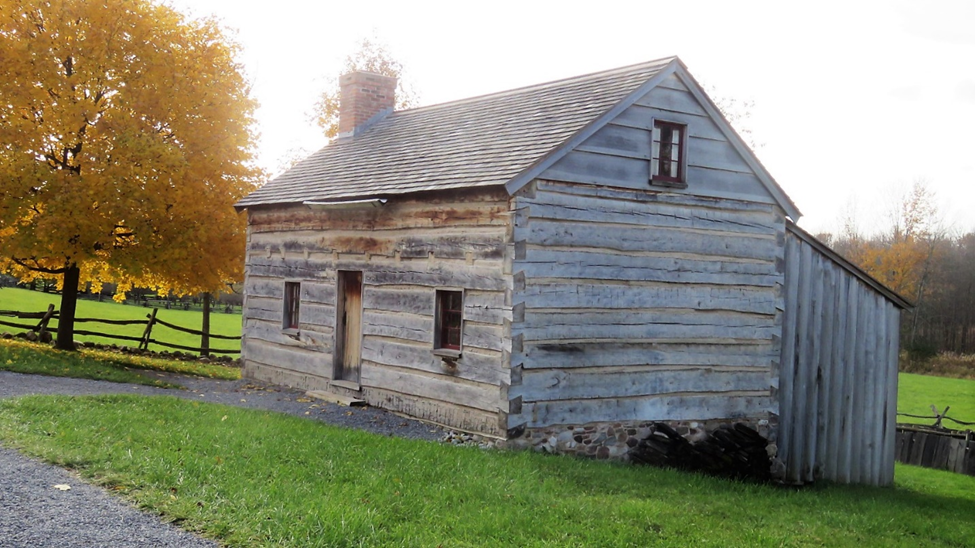
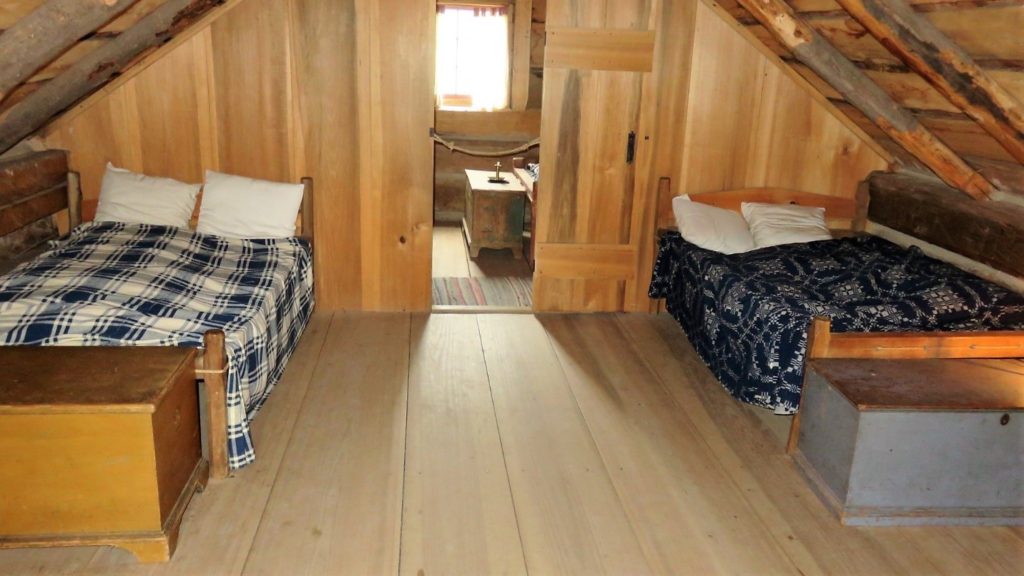
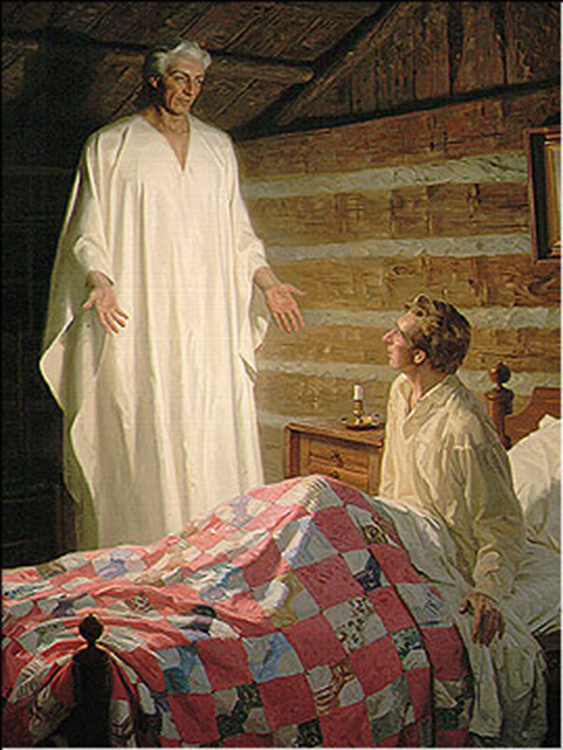
One can also visit the Hill Cumorah, where the plates were unearthed.
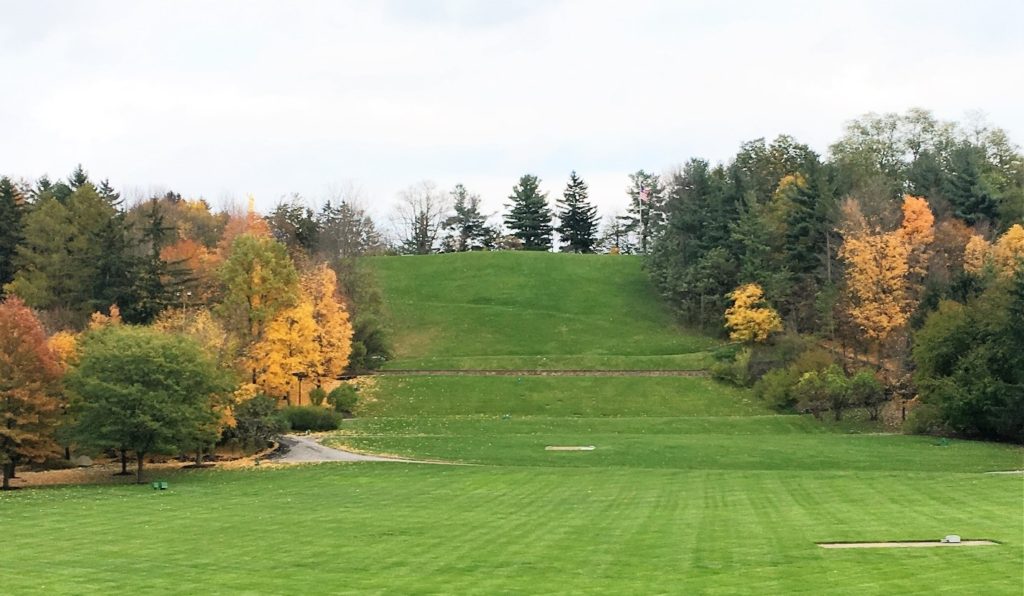
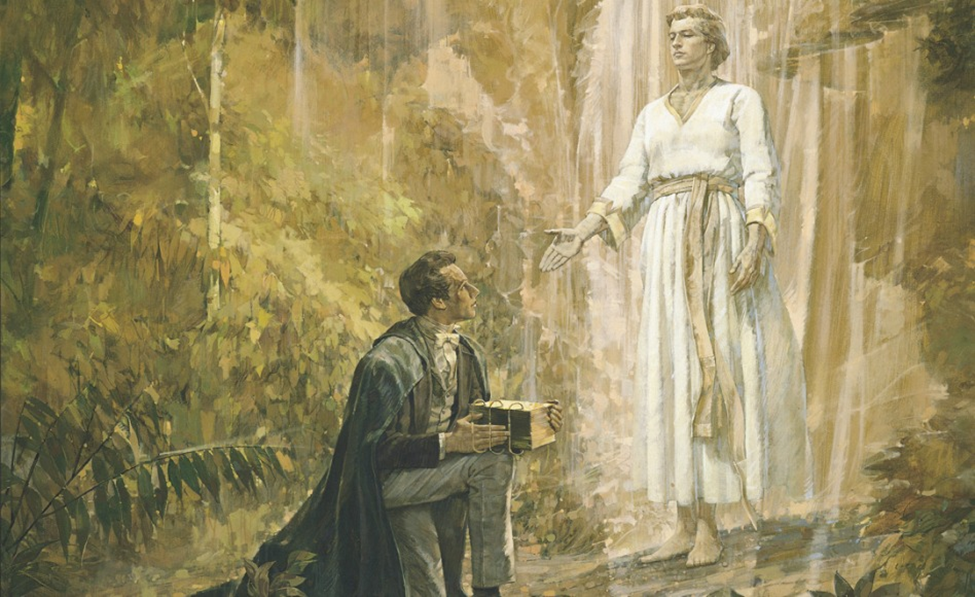
By the time Joseph Smith was permitted to receive the plates, in 1827, the Smith family lived in a larger frame home just south of the log home in which they had previously lived. The frame home is 85% original. A visitor can see the bricks in front of the fireplace under which Joseph buried the plates for a time for safe-keeping. He can see the bedroom of Joseph’s sisters, Katharine and Sophronia, who hid the plates between them in their bed to protect them from a mob intent on taking them, as they pretended to be asleep. He can see an exact replica of Hyrum Smith’s wooden chest in which the plates were kept for a time. In the nearby Hill Cumorah Visitors Center one can see a replica of the barrel of beans in which Joseph hid the plates while transporting them from Manchester to Harmony, Pennsylvania.


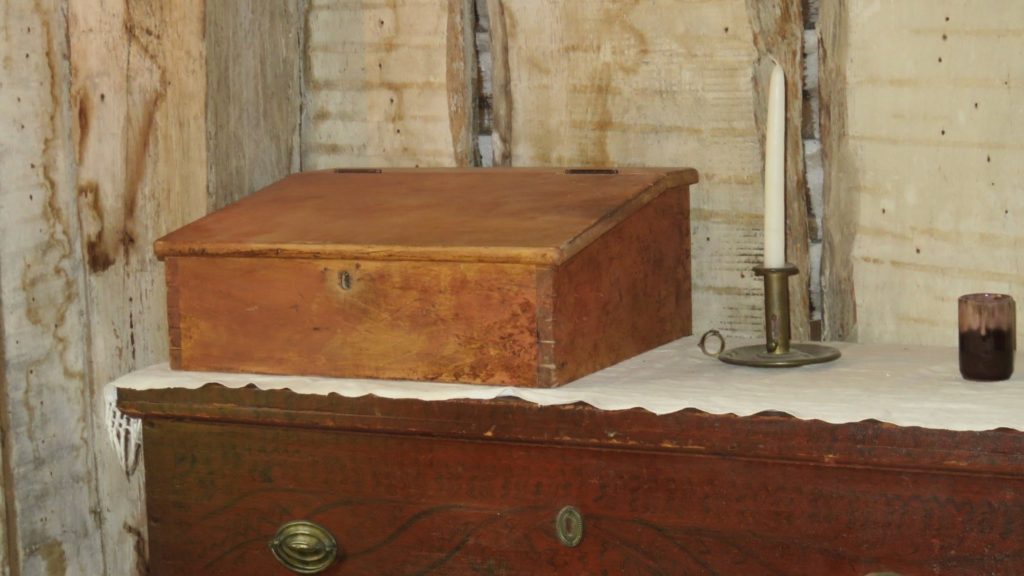
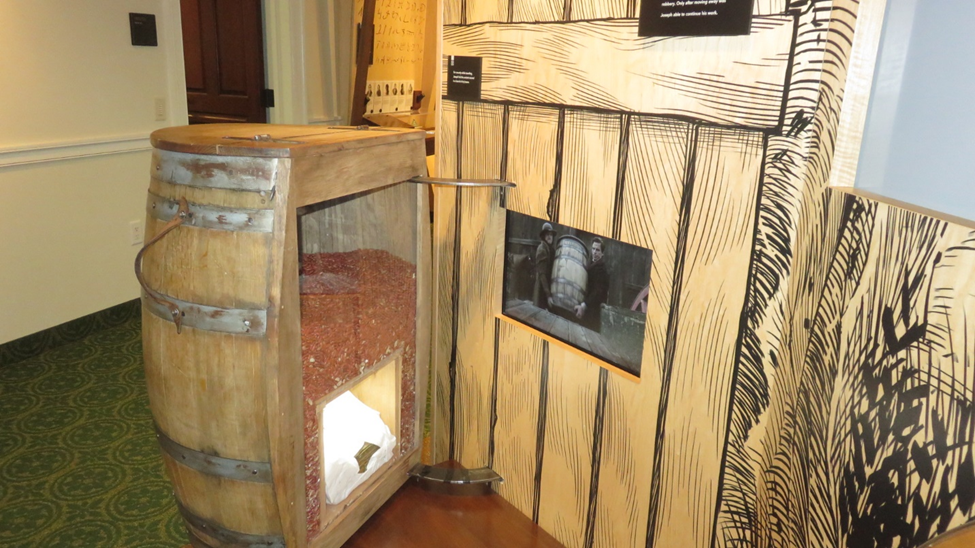
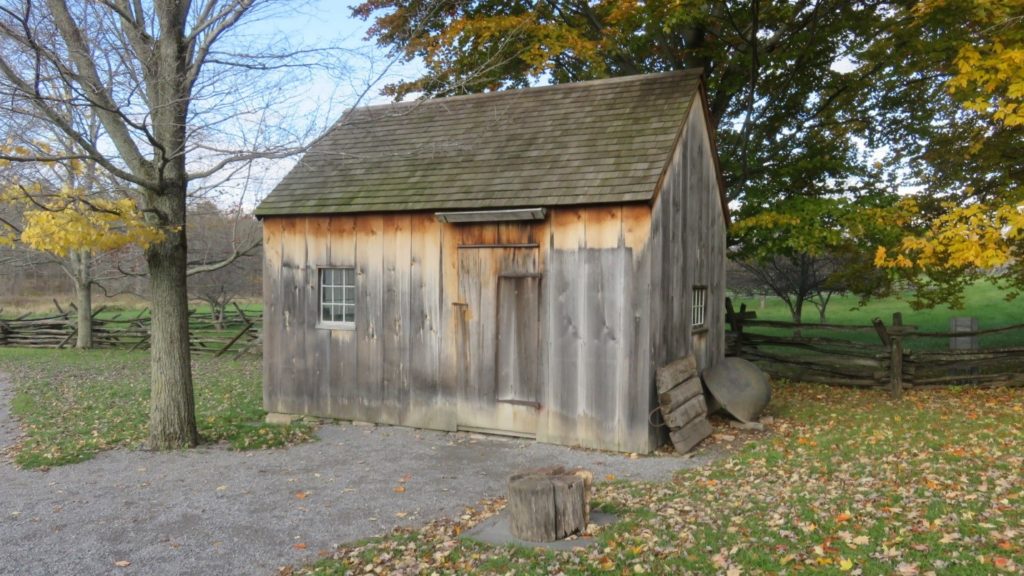
Plates translated
As miraculous as was the appearance of the angel Moroni and Joseph Smith’s reception of the golden plates, their translation was at least as miraculous. Neither Joseph Smith nor anyone else alive in 1827 could read the “reformed Egyptian” engravings without divine assistance. Though others have speculated on the exact manner in which the translation occurred, Joseph simply declared it was done by “the gift and power of God.” The plates and even the accompanying “Urim and Thummim” may have been more of a catalyst for the young prophet to seek and receive revelation than an otherwise necessary tool. The plates themselves often lay covered on the table during the translation process.
Joseph’s wife, Emma, was as amazed as anyone at what came through her husband. She said Joseph “could neither write nor dictate a coherent and well-worded letter, let alone dictate a book like the Book of Mormon.” His scribes noted that after taking a break from translating, Joseph never needed to be reminded of where he was or have the last sentence or two read back to him. He would simply continue on as if the break had never occurred.
The Church has reconstructed the home of Isaac Hale, Joseph’s father-in-law, where the first efforts at translation began, in Harmony (now Oakland), Pennsylvania. They have also rebuilt the nearby home into which Joseph and Emma moved a few weeks later and where about seventy percent of the translation occurred.
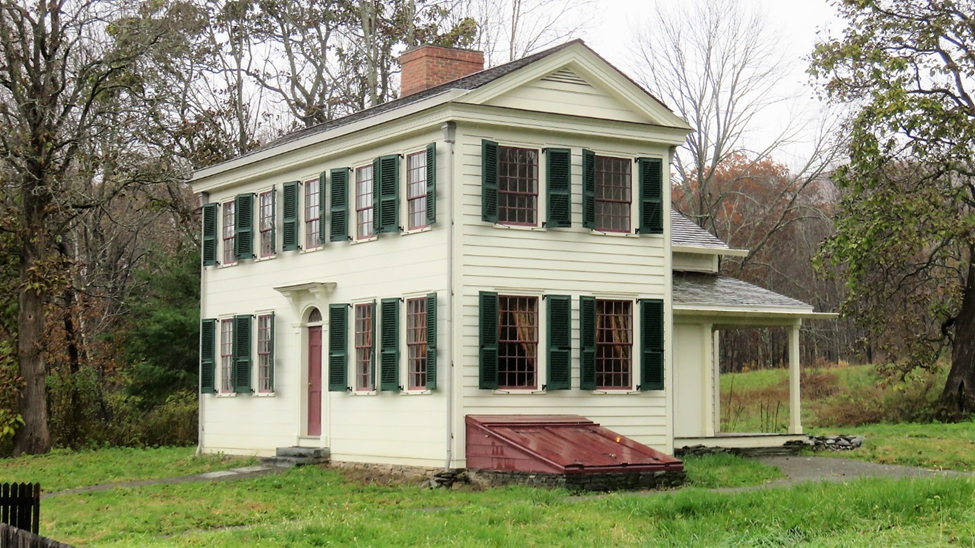
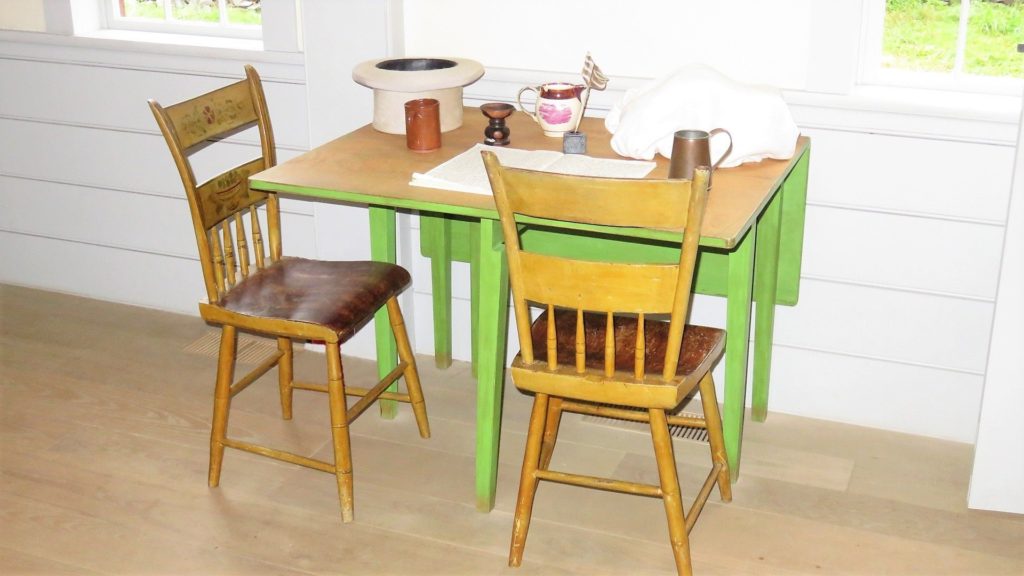
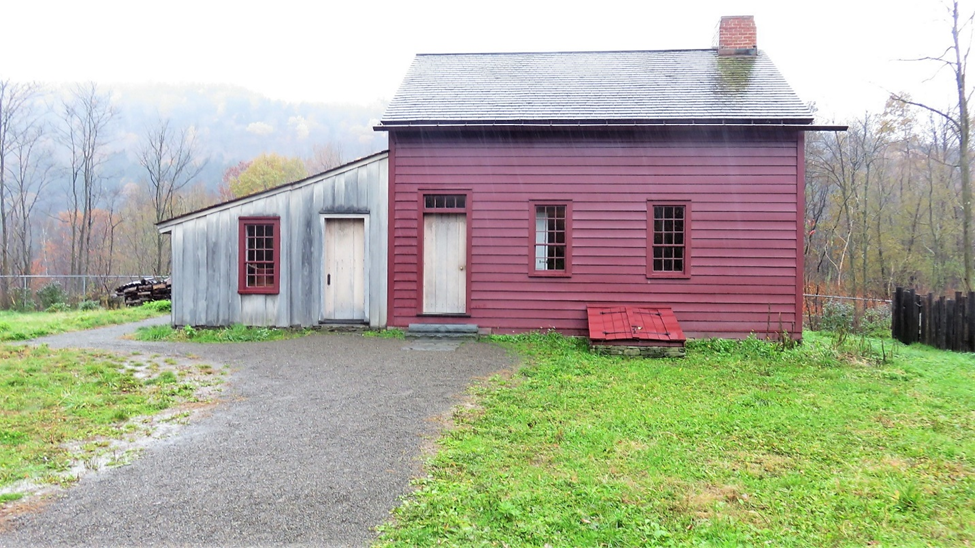

In Fayette, New York, one can visit the reconstructed Peter Whitmer home, in which the final thirty percent of the translation was done and where The Church of Jesus Christ of Latter-day Saints was formally organized on April 6, 1830.
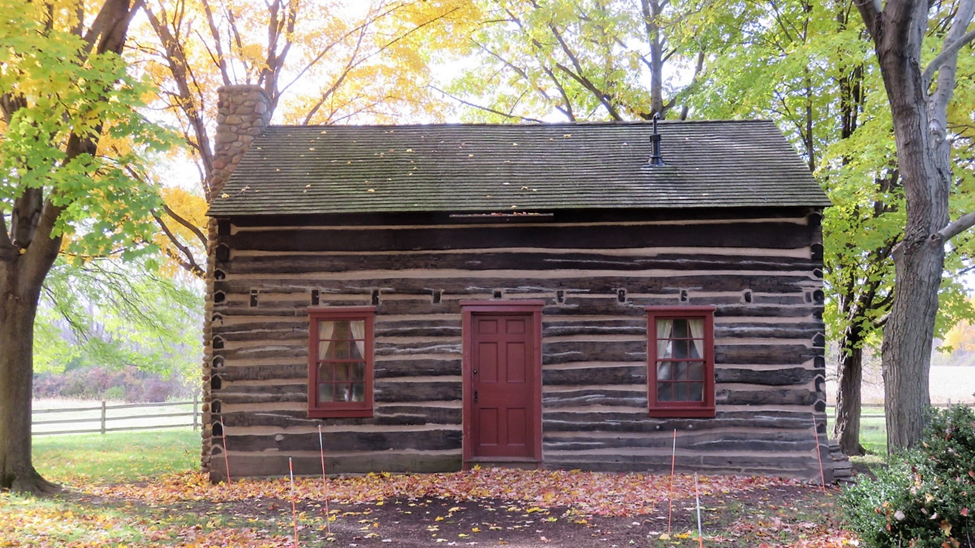
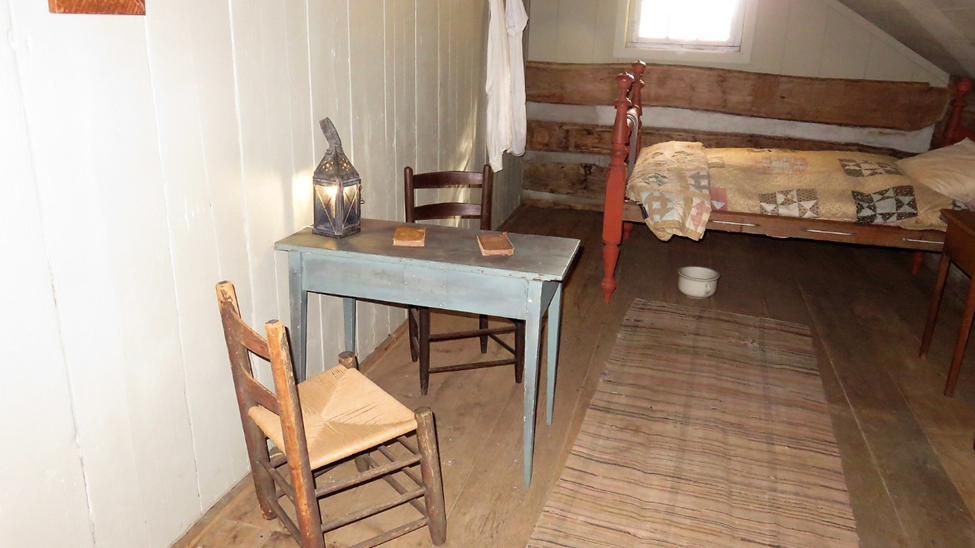
At the nearby visitors center one can enjoy a film depicting another miracle relating to the translation of the Book of Mormon. Joseph Smith’s scribe, Oliver Cowdery, had written his friend, David Whitmer, asking that David come down and get him and Joseph and take them to the Whitmer home in Fayette, where they could escape the persecution they were facing in Harmony. But as spring plowing urgently needed to be completed, David’s father wouldn’t allow him to go until it was done. The plowing looked like it would take several more days. But the next morning, when David went to continue the plowing, he discovered that five to seven acres had been miraculously plowed by some unknown person. The next day, when he went to spread fertilizer on the fields, his sister told him that the day before she and her children had watched three strangers spread the fertilizer with remarkable skill and speed. As the plowing and fertilizing was now completed, Peter Whitmer, Sr., told David: “There must be an overruling hand in this, and I think you [had] better go down to Pennsylvania.”
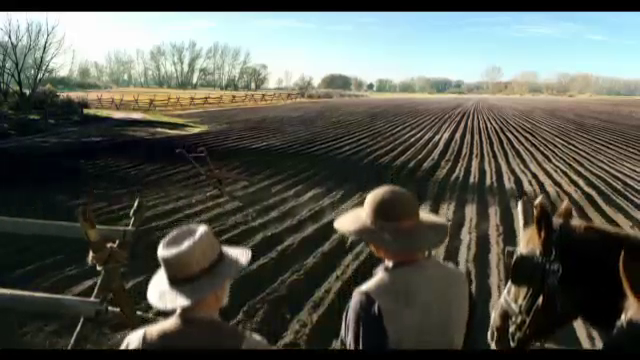
Divine authority restored through angelic messengers
While in Harmony, Pennsylvania, working on the translation, Joseph Smith and Oliver Cowdery became intrigued with the frequent mention of the necessity of baptism. Neither had been baptized, and both had questions about the authority needed to perform baptisms which the Lord would accept as valid. Walking into a secluded spot in the nearby woods, they sought divine direction. In response, they both testified they were visited by the resurrected John the Baptist, who conferred upon them “the Priesthood of Aaron,” and instructed them to baptize each other. Both testified throughout their lives that this was not a dream but an actual event, which they experienced in broad daylight.
While in artists’ depictions, the visit of John the Baptist is often shown with the Susquehanna River in the background, contemporary evidence suggests that from the Smith home they walked uphill, rather than downhill toward the river. The Church now maintains a trail through a representative section of the woods, somewhat reminiscent of the Sacred Grove in Palmyra.
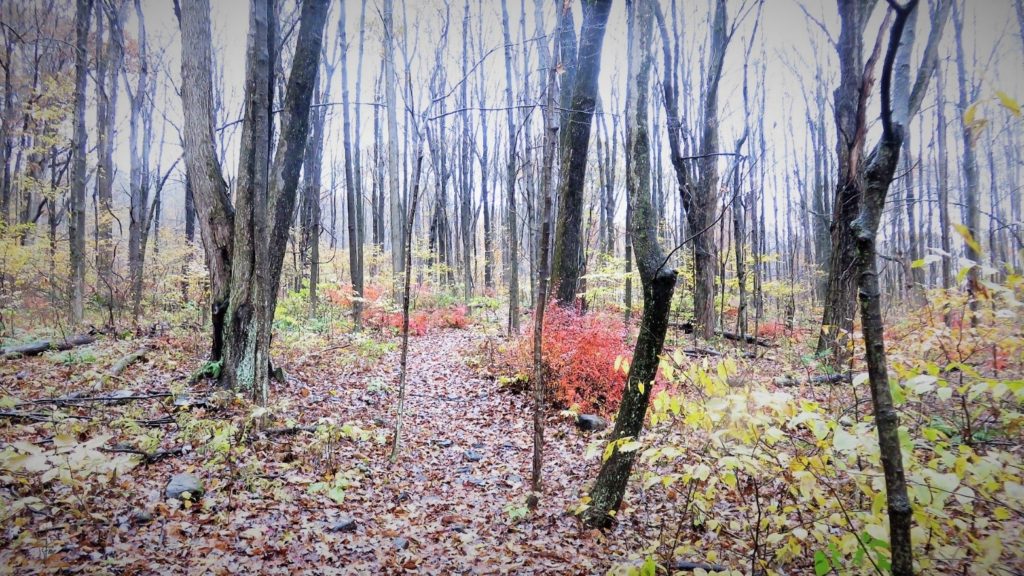
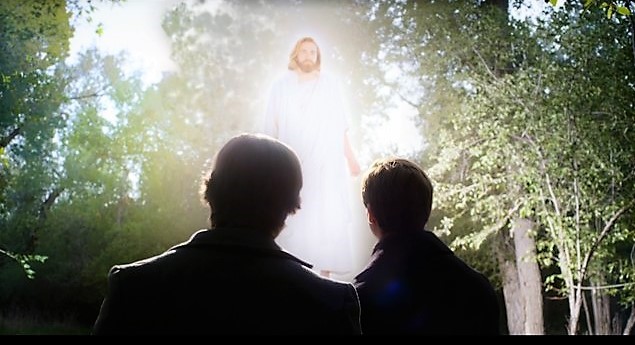
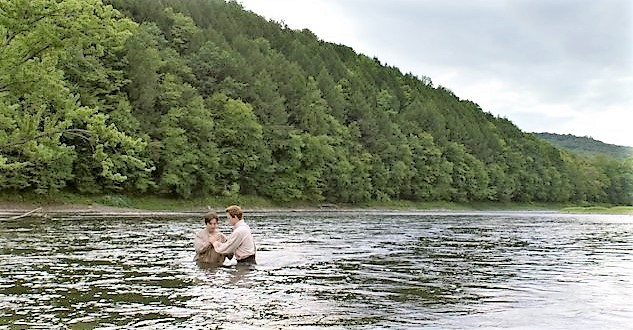
Not long after this, somewhere between Harmony, Pennsylvania, and Colesville, New York, Joseph and Oliver received another spectacular visitation. They testified that the three chief apostles during the time of Christ, Peter, James, and John, appeared to them and restored the higher or Melchizedek Priesthood, with authority to confer the gift of the Holy Ghost and organize the church once again in its fulness.

Others see the plates and the angel
One of the most remarkable features of the restoration of the gospel of Jesus Christ in modern times is that key events not only occurred at identifiable locations but were attested by two or more witnesses. This includes the very existence of the plates of the Book of Mormon. Though Joseph Smith was forbidden to show the plates to others without specific permission, the Lord in time did provide multiple witnesses of their reality.
Three Witnesses
The Book of Mormon itself promised that in due time the Lord would provide three witnesses to “testify to the truth of the book and the things therein.” (2 Nephi 27:12.) Additionally, it promised that “a few” others would be permitted to view the plates.
In fulfillment of that prophecy, on Sunday, June 28, 1829, Joseph Smith took Oliver Cowdery, David Whitmer, and Martin Harris with him into the woods near the Whitmer home in Fayette, New York, where all three were permitted to see the plates as well as the angel who brought them and displayed them before their eyes. They further testified that they heard the voice of God testifying to them out of heaven that the plates had been translated by the gift and power of God. Although all three of the witnesses subsequently became disaffected from Joseph Smith and the Church, at least for a time, all remained true to their testimony of having seen the plates and the angel and to having heard the voice of God.
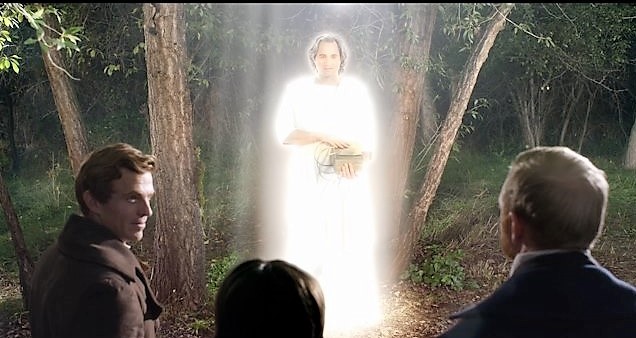
Eight Witnesses
On July 2, 1829, eight additional men were permitted to see the plates in the woods near the Smith farm in Manchester, New York. They were all members of the Smith or Whitmer families: Christian Whitmer, Jacob Whitmer, Peter Whitmer, Jr., John Whitmer, Hiram Page, Joseph Smith, Sr., Hyrum Smith, and Samuel Harrison Smith. Their experience differed from that of the Three Witnesses, as they saw no angel and heard no divine voice. But they were permitted to handle the plates and see the engravings thereon. Like the other three, several of the eight witnesses later left the Church, but none ever denied what he had seen nor disavowed his belief in the Book of Mormon.
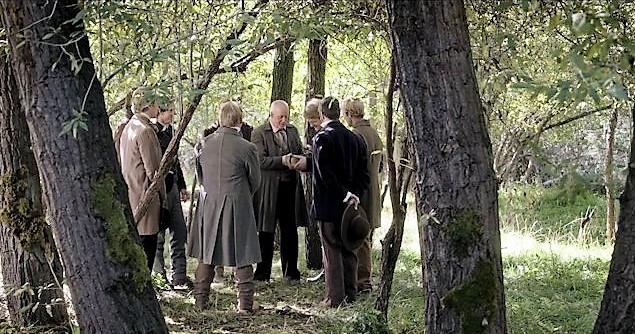
Mary Whitmer
Mary Whitmer, the wife of Peter Whitmer, Senior, was evidently the first person other than Joseph Smith actually to see the plates. With three extra mouths to feed (Joseph and Emma Smith and Oliver Cowdery), as well as attending to the needs of her own family in a small home, Mary understandably felt a bit overwhelmed. Her grandson, John C. Whitmer, gave the following account in 1878:
I have heard my grandmother (Mary Musselman Whitmer) say on several occasions that she was shown the plates of the Book of Mormon by a holy angel….
“It was at the time, she said, when the translation was going on at the house of the elder Peter Whitmer, her husband. Joseph Smith with his wife and Oliver Cowdery, whom David Whitmer a short time previous had brought up from Harmony, Pennsylvania, were all boarding with the Whitmers, and my grandmother in having so many extra persons to care for, besides her own large household, was often overloaded with work to such an extent that she felt it to be quite a burden.
One evening, when (after having done her usual day’s work in the house) she went to the barn to milk the cows, she met a stranger carrying something on his back that looked like a knapsack. At first she was a little afraid of him, but when he spoke to her in a kind, friendly tone and began to explain to her the nature of the work which was going on in her house, she was filled with inexpressible joy and satisfaction. He then untied his knapsack and showed her a bundle of plates, which in size and appearance corresponded with the description subsequently given by the witnesses to the Book of Mormon. This strange person turned the leaves of the book of plates over, leaf after leaf, and also showed her the engravings upon them; after which he told her to be patient and faithful in bearing her burden a little longer, promising that if she would do so, she should be blessed; and her reward would be sure, if she proved faithful to the end. The personage then suddenly vanished with the plates, and where he went, she could not tell.
From that moment my grandmother was enabled to perform her household duties with comparative ease, and she felt no more inclination to murmur because her lot was hard. I knew my grandmother to be a good, noble and truthful woman, and I have not the least doubt of her statement in regard to seeing the plates being strictly true. She was a strong believer in the Book of Mormon until the day of her death.
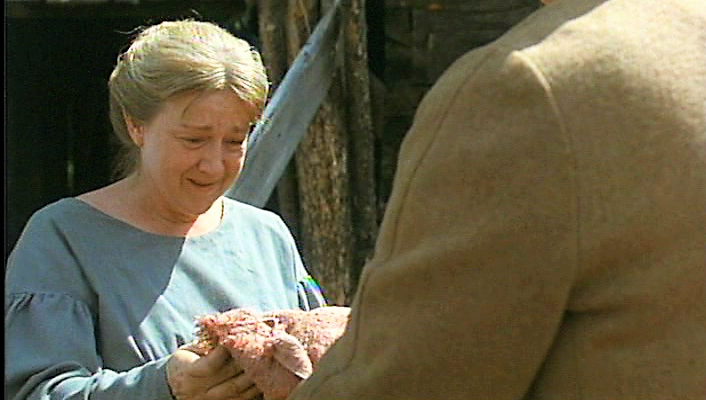
Emma Smith
Joseph Smith’s wife stated:
The plates often lay on the table without any attempt at concealment, wrapped in a small linen tablecloth, which I had given him to fold them in. I once felt of the plates, as they thus lay on the table, tracing their outline and shape. They seemed to be pliable like thick paper and would rustle with a metallic sound when the edges were moved by the thumb, as one does sometimes thumb the edges of a book.
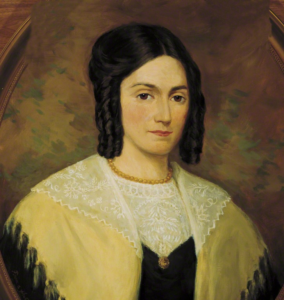
Sarah Heller Conrad
In 1829, eighteen-year-old Sarah Heller Conrad, possibly a cousin of the Whitmers, was serving as an unmarried housekeeper in the Whitmer home as Joseph Smith and Oliver Cowdery were finishing the translation of the Book of Mormon. While she never saw the plates, she did see a strange and miraculous light surrounding Joseph and Oliver, and thus serves as a type of witness of the divinity of their work. Oliver B. Huntington recorded her story in his diary:
I conversed with one old lady 88 years old who lived with David Whitmer when Joseph Smith and Oliver Cowdery were translating the Book of Mormon in [the] upper room of the house, and she, only a girl, saw them come down from the translating room several times, when they looked so exceedingly white and strange that she inquired of Mrs. Whitmer the cause of their unusual appearance, but Mr. Whitmer was unwilling to tell the hired girl the true cause as it was a sacred holy event connected with a holy sacred work which was opposed and persecuted by nearly everyone who heard of it. The girl felt so strange and unusual [about] the appearance, she finally told Mrs. Whitmer that she would not stay with her until she knew the cause of the strange looks of these men. Sister Whitmer then told her what the men were doing in the room above and that the power of God was so great in the room that they could hardly endure it; at times angels were in the room in their glory which nearly consumed them. This satisfied the girl and opened the way to embrace the gospel.
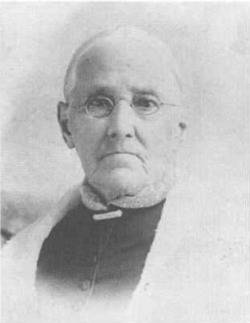
Katharine Smith
Joseph Smith’s sister, Katharine, never saw the plates, but Joseph did allow her to lift the package that contained them. She reported they were very heavy.
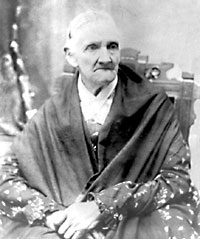
On one occasion Katharine and her sister, Sophronia, at Joseph’s request hid the plates in their bed between them and pretended to be asleep. When mobbers arrived and searched the house for the plates, they were at least decent enough not to want to awaken the sleeping girls!
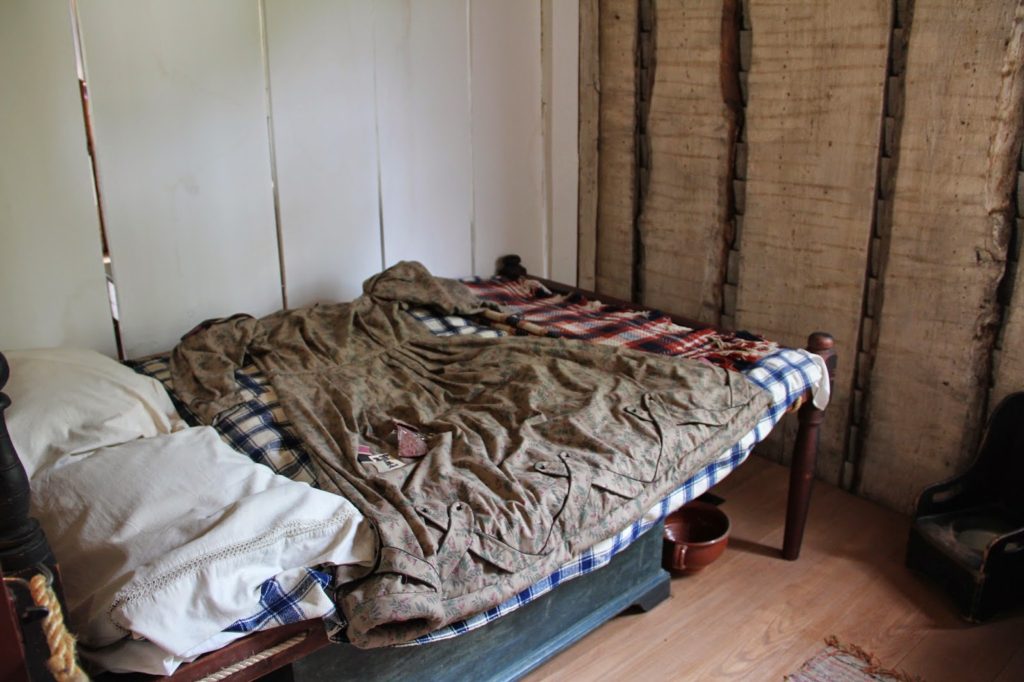
Harrison Burgess
An early convert to the Church, Harrison Burgess was called as a missionary but was plagued by doubts concerning the Book of Mormon. Pleading with the Lord for a witness of its truthfulness, he had a remarkable vision: “All at once the vision of my mind opened and a glorious personage clothed in white stood before me and exhibited to my view the plates from which the Book of Mormon was proclaimed and taken.”
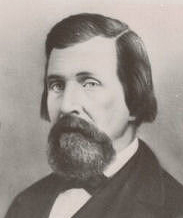
William Smith
Joseph Smith’s brother William recorded:
I was permitted to lift them [the plates] as they lay in a pillow case; but not to see them, as it was contrary to the commands he had received. They weighed about sixty pounds according to my best judgment. They were not quite as large as this Bible. … One could easily tell that they were not stone, hewn out to deceive, or even a block of wood. Being a mixture of gold and copper, they were much heavier than stone, and very much heavier than wood.
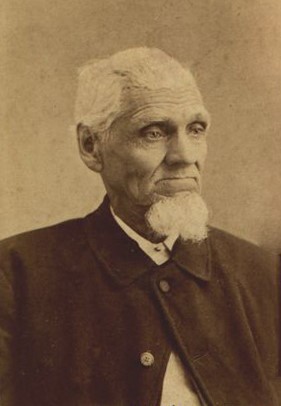
Lucy Mack Smith
After receiving the plates, Joseph Smith sometimes hid them at his parents’ house. His mother was subsequently asked if she ever saw the plates. She said she did not, but that she had hefted them and handled them. Though she didn’t see the plates, she was shown the Urim and Thummim, the divine instruments that had been hidden with the plates and given to Joseph to aid in the translation. She recorded:
On the morning of September 22, after Joseph had returned from the hill, he placed the article [the Nephite interpreters] of which he spoke into my hands, and, upon examination, I found that it consisted of two smooth three-cornered diamonds set in glass, and the glasses were set in silver bows, which were connected with each other in much the same way as old fashioned spectacles. . . . He [Joseph Smith] handed me the breastplate spoken of in his history. It was wrapped in a thin muslin handkerchief, so thin that I could feel its proportions without any difficulty. It was concave on one side and convex on the other, and extended from the neck downwards, as far as the center of the stomach of a man of extraordinary size. It had four straps of the same material, for the purpose of fastening it to the breast.

Miracle of the sale of the Book of Mormon
Missionaries today typically give away inexpensive copies of the Book of Mormon to anyone interested in receiving one. But early missionaries necessarily sold the book, as the Church was in no position to subsidize it. The per copy price of the first edition was $1.25. That sounds reasonable enough in today’s currency. But in 1830 that represented two days’ wages for the typical employee or farmer. Translated into today’s wages, which average $60,905 per year in the US, that would mean an equivalent purchase today would represent an investment of nearly $400! The miracle is that sufficient numbers of honest seekers felt impressed upon to buy the book that the new church could take hold.
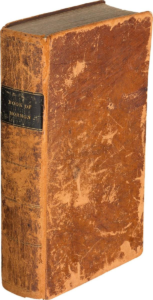
Miracles in Kirtland, Ohio
In addition to seeing the sites in Palmyra, Manchester, and Fayette, New York, and in Harmony Pennsylvania, we enjoyed seeing places in and around Kirtland, Ohio, which are rich in Latter-day Saint history. Many of the revelations contained in the Doctrine and Covenants were received here, and it was here that the first edition of that book was prepared for publication.
The Newel K. Whitney store served not only as Joseph Smith’s office and Church headquarters for several years but as the site of the “School of the Prophets.” This was organized to teach Church leaders and prospective missionaries the doctrines of the gospel as well as selected secular subjects. On one occasion, members of the school witnessed a vision of the Father and the Son.
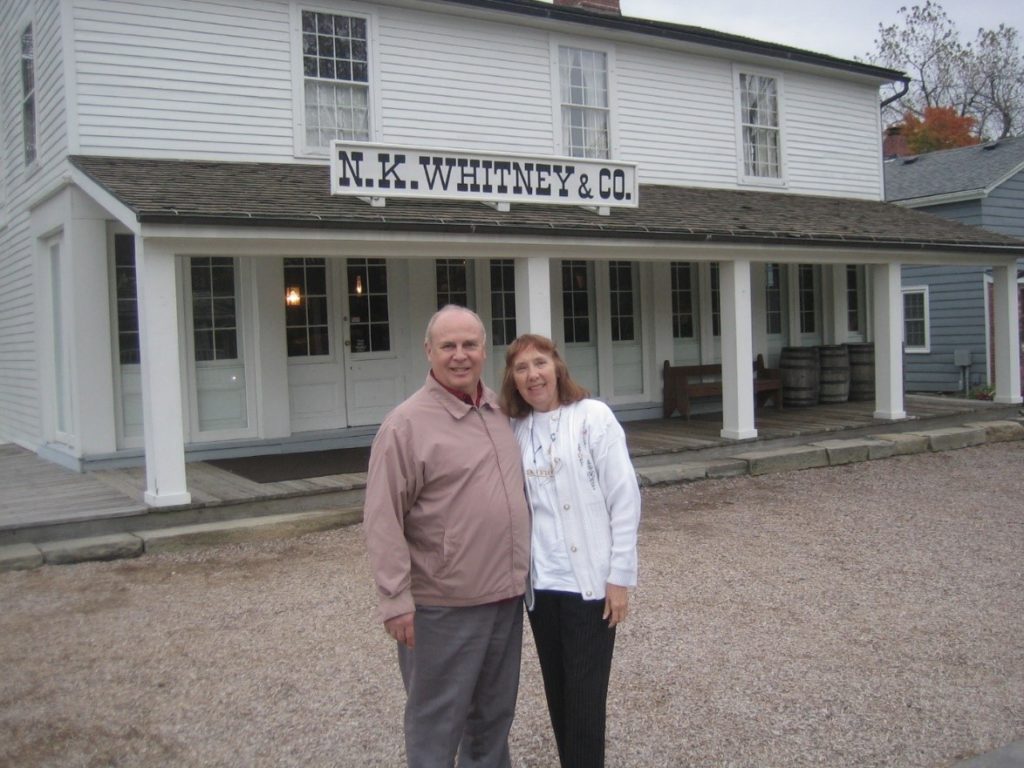
The Kirtland Temple
The most notable and numerous spiritual experiences of the Kirtland era occurred in or in connection with the building of the Kirtland Temple. Though the temple cost only $70,000, it is arguably the most expensive temple ever built, if one considers the few members who were in the Church at that time, their poverty, and the tremendous sacrifices required to build it. Perhaps that is why there were an unparalleled number of divine manifestations recorded as having occurred in it. They include:
A vision of the celestial kingdom on January 21, 1836
Joseph Smith saw “the celestial kingdom of God” as well as “the blazing throne of God, whereon was seated the Father and the Son.” He also saw Father Adam and Abraham, his own father and mother, and his brother Alvin, who had died years earlier and who had been consigned to hell by the Smith’s minister, as he had not been baptized. Joseph rejoiced to learn that “All who have died without a knowledge of this gospel, who would have received it if they had been permitted to tarry, shall be heirs of the celestial kingdom of God.” (D&C 137:1-7.)
Kirtland Temple Dedication, March 27, 1836
The dedication of the temple was accompanied by a Pentecostal outpouring of the Spirit, according to numerous witnesses. The following are just a sample:
Joseph Smith
Brother George A. Smith arose and began to prophesy, when a noise was heard like the sound of a rushing mighty wind, which filled the Temple, and all the congregation simultaneously arose, being moved upon by an invisible power; many began to speak in tongues and prophesy; others saw glorious visions; and I beheld the Temple was filled with angels, which fact I declared to the congregation. The people of the neighborhood came running together (hearing an unusual sound within and seeing a bright light like a pillar of fire resting upon the Temple) and were astonished at what was taking place.
Oliver Cowdery
In the evening I met with the officers of the church in the Lord’s house. The Spirit was poured out–I saw the glory of God, like a great cloud, come down and rest upon the house, and fill the same like a mighty rushing wind. I also saw cloven tongues, like as of fire rest upon many (for there were 316 present,) while they spake with other tongues and prophesied.
Heber C. Kimball
During the ceremonies of the dedication, an angel appeared and sat near President Joseph Smith, Sen., and Frederick G. Williams, so that they had a fair view of his person. He was a very tall personage, black eyes, white hair, and stoop shouldered; his garment was whole, extending to near his ankles; on his feet he had sandals. He was sent as a messenger to accept of the dedication…While these things were being attended to the beloved disciple John was seen in our midst by the Prophet Joseph, Oliver Cowdery and others.
Truman Angell
When about midway during the prayer, there was a glorious sensation passed through the house [Kirtland Temple]; and we, having our heads bowed in prayer, felt a sensation very elevating to the soul. At the close of the prayer, F. [Frederick] G. Williams being in the upper east stand- -Joseph being in the speaking stand next below–rose and testified that midway during the prayer an holy angel came and seated himself in the stand. When the afternoon meeting assembled, Joseph, feeling very much elated, arose the first thing and said the personage who had appeared in the morning was the Angel Peter come to accept the dedication.
Benjamin Brown
There the Spirit of the Lord, as on the day of Pentecost, was profusely poured out. Hundreds of Elders spoke in tongues. We had a most glorious and never-to-be-forgotten time. Angels were seen by numbers present.

The appearance of Jesus Christ, Moses, Elias, and Elijah on April 3, 1836
Joseph Smith and Oliver Cowdery together experienced the divine manifestations recorded in section 110 of the Doctrine and Covenants:
2 We saw the Lord standing upon the breastwork of the pulpit, before us; and under his feet was a paved work of pure gold, in color like amber.
3 His eyes were as a flame of fire; the hair of his head was white like the pure snow; his countenance shone above the brightness of the sun; and his voice was as the sound of the rushing of great waters, even the voice of Jehovah, saying:
4 I am the first and the last; I am he who liveth, I am he who was slain; I am your advocate with the Father.
11 After this vision closed, the heavens were again opened unto us; and Moses appeared before us, and committed unto us the keys of the gathering of Israel from the four parts of the earth, and the leading of the ten tribes from the land of the north.
12 After this, Elias appeared, and committed the dispensation of the gospel of Abraham, saying that in us and our seed all generations after us should be blessed.
13 After this vision had closed, another great and glorious vision burst upon us; for Elijah the prophet, who was taken to heaven without tasting death, stood before us, and said:
14 Behold, the time has fully come, which was spoken of by the mouth of Malachi—testifying that he [Elijah] should be sent, before the great and dreadful day of the Lord come—
15 To turn the hearts of the fathers to the children, and the children to the fathers, lest the whole earth be smitten with a curse—
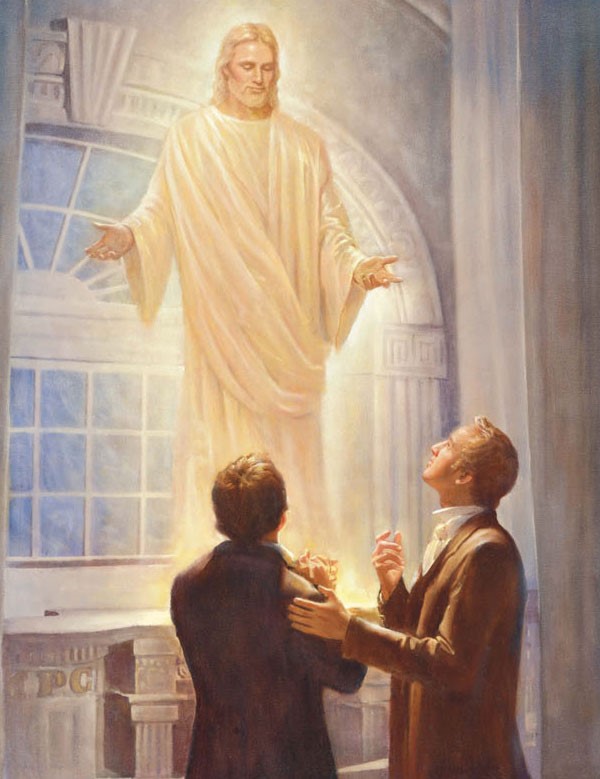
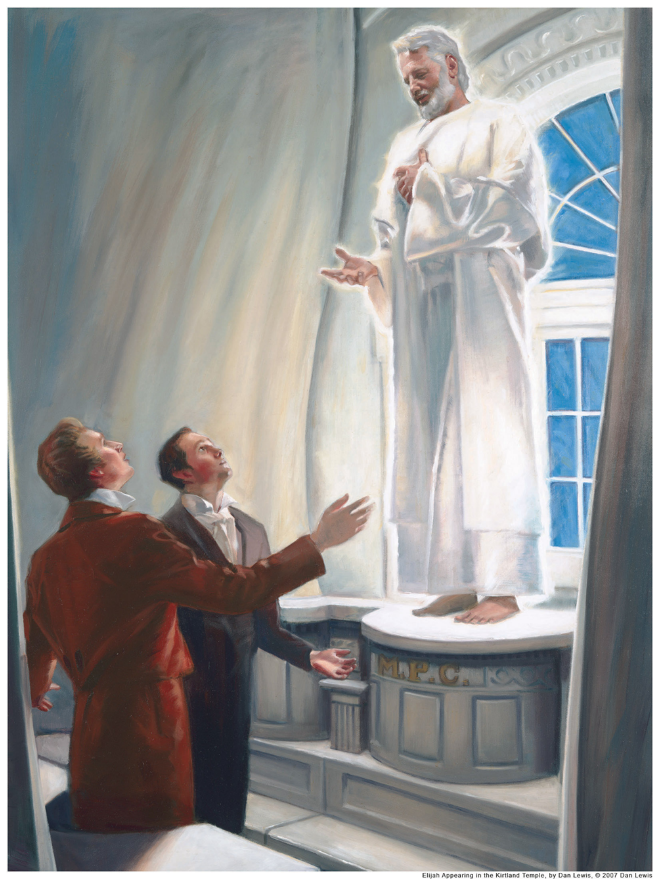
A vision of heaven
In September 1831 Joseph and Emma Smith moved to live with John and Elsa Johnson in their comfortable home in Hiram, Ohio, some thirty miles southeast of Kirtland. Elsa had previously been converted to the Church in part by Joseph’s miraculous healing of her arm, which she had been unable to use for years.
While in Hiram, Joseph, with the aid of his scribe, Sidney Rigdon, worked on an inspired revision of the Bible and received numerous additional revelations. Perhaps the most spectacular was a vision the two of them saw together, as recorded in Section 76 of the Doctrine and Covenants. In it they saw the Father and the Son. They saw various kingdoms of glory in the hereafter, with virtually all of God’s children inheriting one or another, depending on their faithfulness.

Philo Dibble, one of those present, said, “I saw the glory and felt the power, but did not see the vision.” He added:
Joseph would, at intervals, say: “What do I see?” as one might say while looking out the window and beholding what all in the room could not see. Then he would relate what he had seen or what he was looking at. Then Sidney replied, “I see the same.” Presently Sidney would say, “what do I see?” and would repeat what he had seen or was seeing, and Joseph would reply, “I see the same.”
This manner of conversation was repeated at short intervals to the end of the vision, and during the whole time not a word was spoken by any other person. Not a sound nor motion made by anyone but Joseph and Sidney, and it seemed to me that they never moved a joint or limb during the time I was there, which I think was over an hour, and to the end of the vision.
Joseph sat firmly and calmly all the time in the midst of a magnificent glory, but Sidney sat limp and pale, apparently as limber as a rag, observing which, Joseph remarked, smilingly, “Sidney is not used to it as I am.”
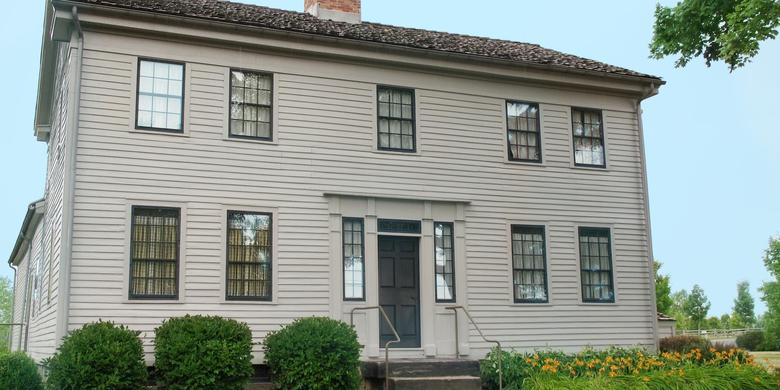
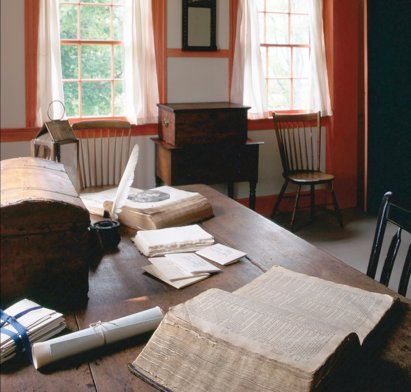
Concluding thoughts
It was wonderful these past two weeks to revisit sites where significant events occurred in the restoration of The Church of Jesus Christ of Latter-day Saints. The Church has done a wonderful job with its respective visitors’ centers, tours, and historic restorations. The presentations are even better today than they were in 1980, when we took our first ten children to see these same places. I would hope that everyone who has not been to the Sacred Grove, the Hill Cumorah, Harmony, or Kirtland would have a goal someday to see them.
Yet, it is important to remember that faith does not come automatically from standing where divine manifestations once occurred. I remember being impressed with the sign on the door of the Garden Tomb when we first visited it in Jerusalem back in 1977: “He is risen. He is not here.” The literal truthfulness of that was impressed upon me as I subsequently reread the New Testament. I felt nearer to the Savior as I read than I had by merely walking through the streets of Bethlehem, Nazarath, or Jerusalem.
Similarly, there is little converting power in simply visiting Palmyra or Kirtland. Not everyone present at the dedication of the Kirtland Temple experienced supernatural manifestations. Some thought that those who did were simply drunk, as did those who observed Peter and John and others on the Day of Pentecost recorded in Acts 2. Not everyone who saw Elsa Johnson’s arm healed joined the Church. As previously mentioned, all three of the Three Witnesses of the Book of Mormon later left the Church.
True conversion begins as it began for Joseph Smith—with a humble desire to know, and a determination to ask of God. It will usually include reading the Book of Mormon and pondering its message. It will not come merely from exploring the part of the country where it came forth. Perhaps “sacred sites” fill much the same purpose in the development of faith as do miracles themselves. They can stimulate interest, which may lead to a serious investigation. And they can provide confirmatory evidence and feelings of gratitude where faith already exists. Though our faith didn’t begin in Palmyra, nor in Israel, we are grateful for the blessing of having visited both.

Wonderful review. We have visited the American sites and participated in the Hill Cumorah pageant. Why is the Church disbanding many of the pageants?